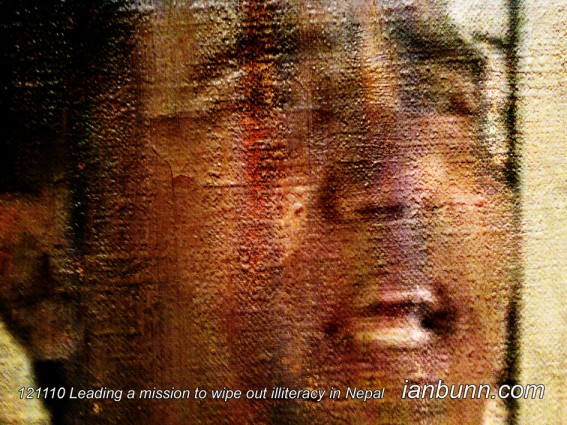 China’s “String Of Pearls” Strategy (February 8 2013)
China’s “String Of Pearls” Strategy (February 8 2013)
Vanessa Dougnac the French journalist based in New Delhi having worked for two years with Hikari Films on the story India’s Red Tide about the country’s Maoist insurgency, has published an article on Worldcrunch titled ‘China’s “String Of Pearls” Strategy To Secure The Ports Of South Asia’. Dougnac states “…Nowadays in Bangladesh, it’s hard to miss all the Chinese constructions. In October, there was yet another Chinese delegation signing deals and offering subsidized loans for a water treatment facility, a private power plant and an international airport in the fishing port of Cox’s Bazar. But mostly, China is building a spectacular deep-sea harbor in the island of Sonadia for an estimated cost of $5 billion. There is also a tunnel under the Chittagong River, a China-Bangladesh highway via Burma (Myanmar), and the project of a new industrial park. …the Chinese focus on the strategic sector of transportation can be seen in Bangladesh, Nepal, Bhutan, Burma, Sri Lanka and Pakistan. All of these countries surround… India. In a region where it has always been very influential, the Indian government was quick to suspect the Chinese expansion of hiding an “encirclement” strategy. The two Asian giants are locked in a struggle for regional domination. …The “small” nations of the Indian subcontinent have always been wary of their Indian big brother, whose domination they resent. …Chinese investments are visibly geared toward improving maritime transport infrastructures. …Being present in every port has a purpose: it’s the famous “string of pearls” strategy, which consists in China getting exemption from port of call taxes and securing trading routes for Middle Eastern oil while asserting its commercial influence. For now, China’s involvement in Bangladesh is undeniably a positive thing, as it is a symbol of dynamic development.”
Inspired by Vanessa Dougnac, Worldcrunch ow.ly/hhQ9f Image source vanessadougnac ow.ly/hhPBC

